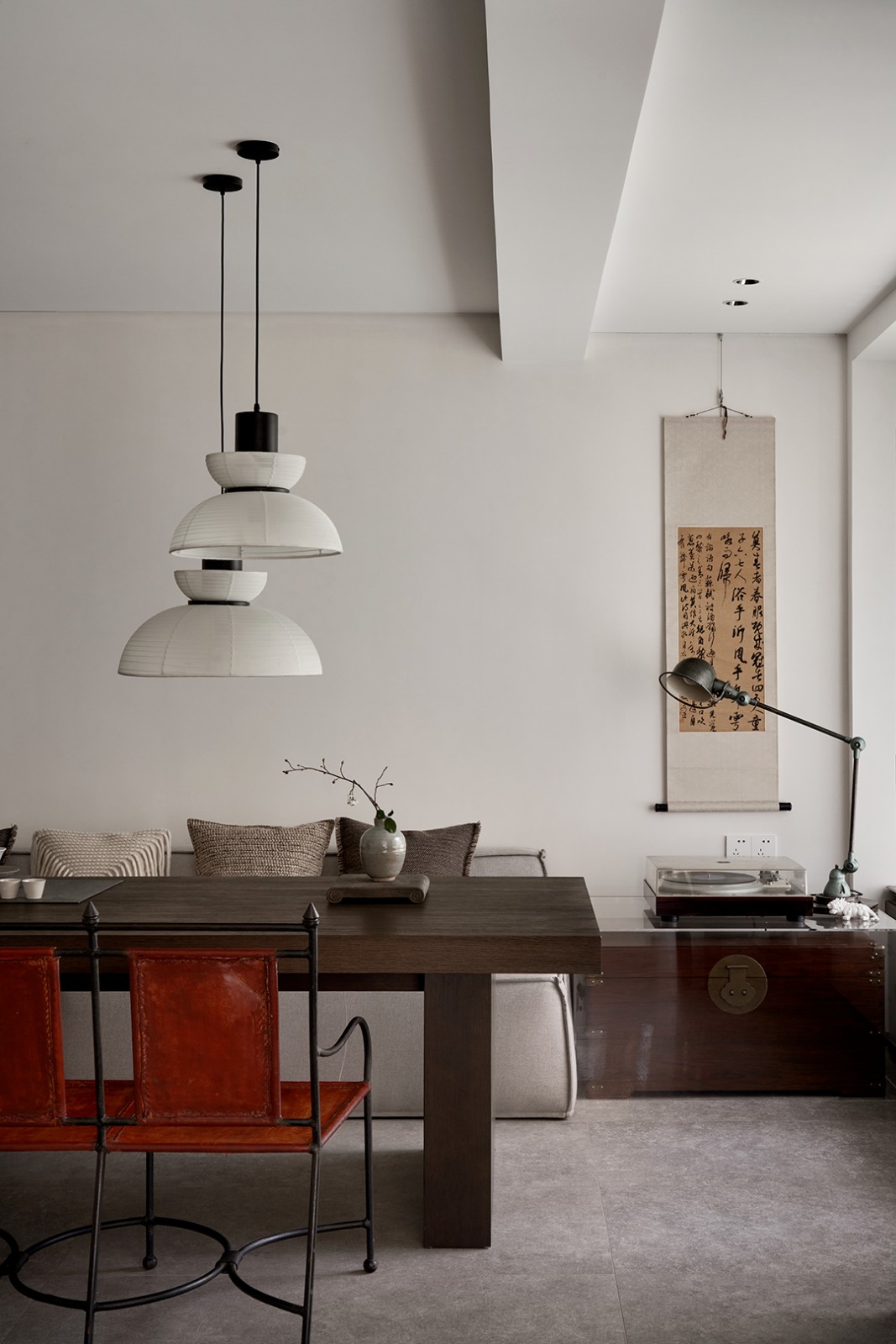Himalesque ARCHIUM
2014-04-14 01:00
喜马拉雅山位于尼泊尔高原,在其无限自然的背景下,是解决当地气候条件的另一个办法。
Himalesque in the plateau of Nepal and against its backdrop of unlimited nature, was another solution to the local climate conditions.
局部传统的边界标记是从外层厚厚的空间构造出来的,以解决块状高原的问题。
The local traditional boundary markers are constructed from spaces with a thick outer skin, in order to solve the condition of a plateau in a lump.
我注意对边界墙厚度的解构,根据功能将封闭空间的墙与外界隔开。石墙阻挡风和玻璃墙之间可以形成“缝隙”,形成内部空间。
I paid attention to the deconstruction of the thickness of the boundary wall I divided the wall of enclosed space which is separated from the outside according to functions. A “gap” can be created in between the stone wall blocking wind and the glass wall, forming inner space.
场地条件面临风向变化,从雨季到旱季,以及环境条件要求保持凉爽、不加热的空间,尽管存在极端的日温差,但采用现代方法用当地材料重新组织起来。
Site conditions facing strong winds with changing directions, from rainy seasons to dry seasons, and environmental conditions require that a cool, unheated space is maintained, in spite of the extreme daily temperature differences, reorganized by contemporary methods with local materials.
隔墙之间的小花园开辟了一个空间,似乎注定要被柔和的风和充分的光线照射所限制,形成一个“空隙”来建立它与自然的关系。
The small garden in between the separated walls open up a space seemingly destined to be confined by a softening wind and full light exposure, making a 'gap' to establish its relationship with nature.
 举报
举报
别默默的看了,快登录帮我评论一下吧!:)
注册
登录
更多评论
相关文章
-

描边风设计中,最容易犯的8种问题分析
2018年走过了四分之一,LOGO设计趋势也清晰了LOGO设计
-

描边风设计中,最容易犯的8种问题分析
2018年走过了四分之一,LOGO设计趋势也清晰了LOGO设计
-

描边风设计中,最容易犯的8种问题分析
2018年走过了四分之一,LOGO设计趋势也清晰了LOGO设计


































































































